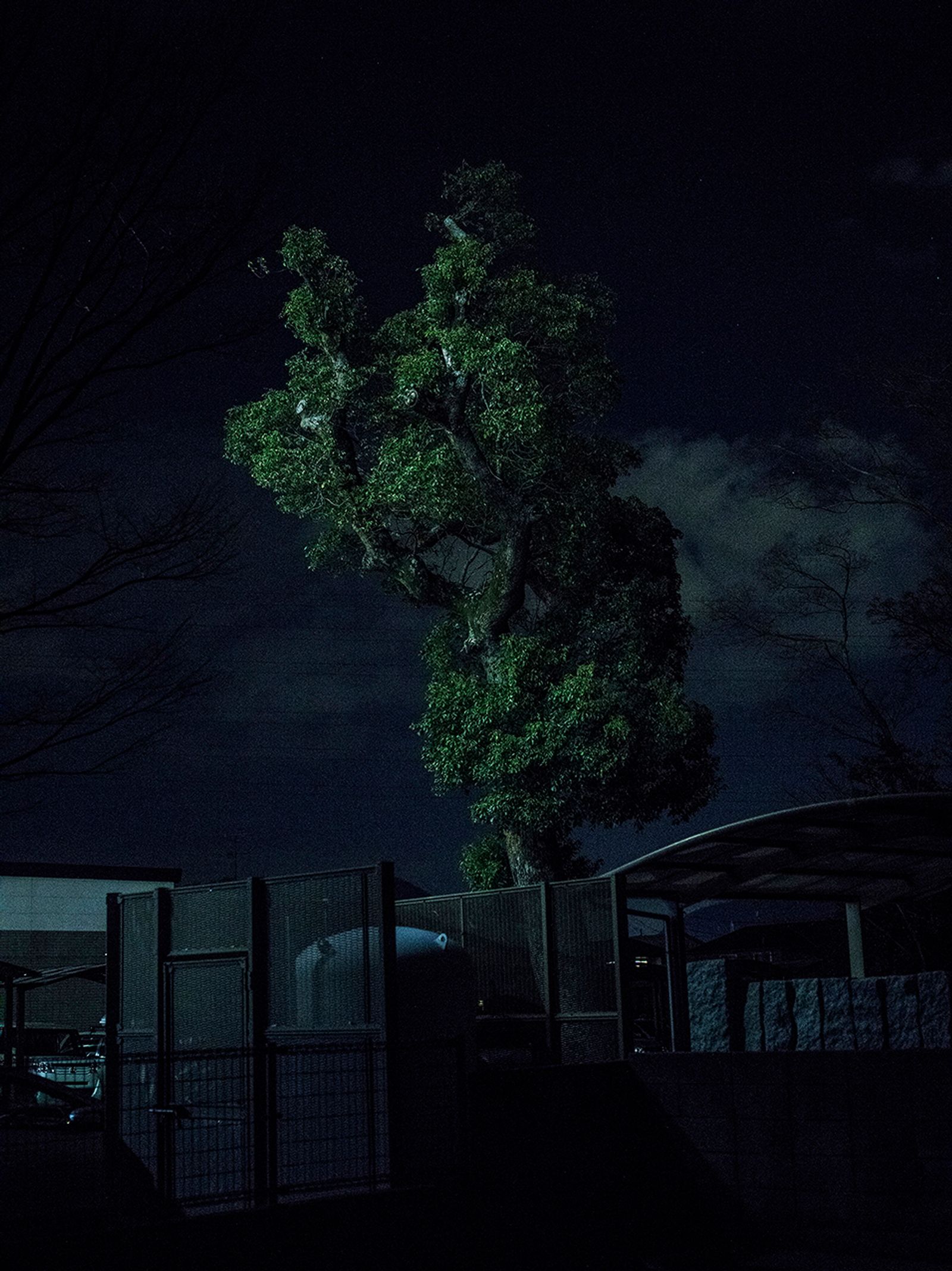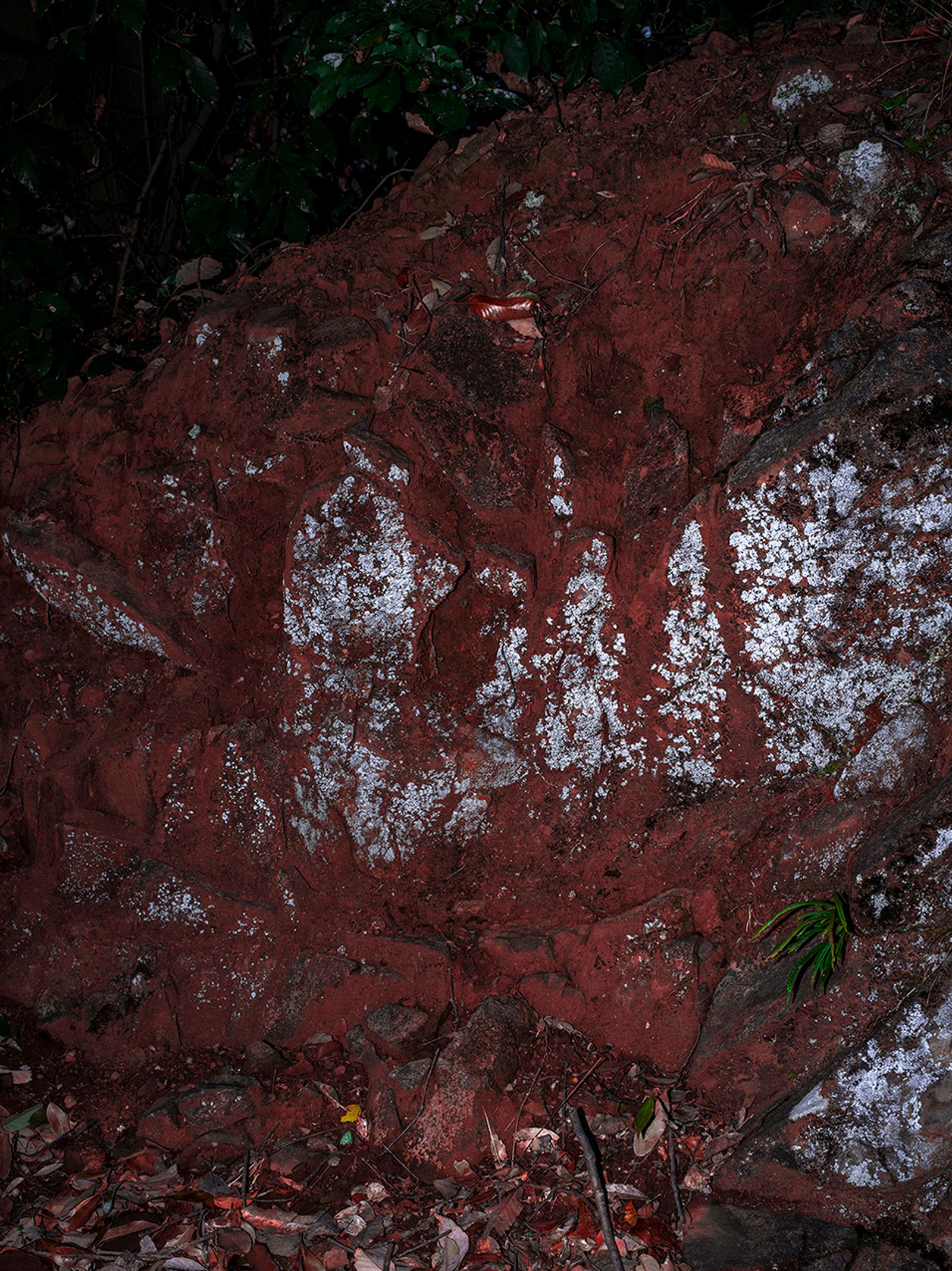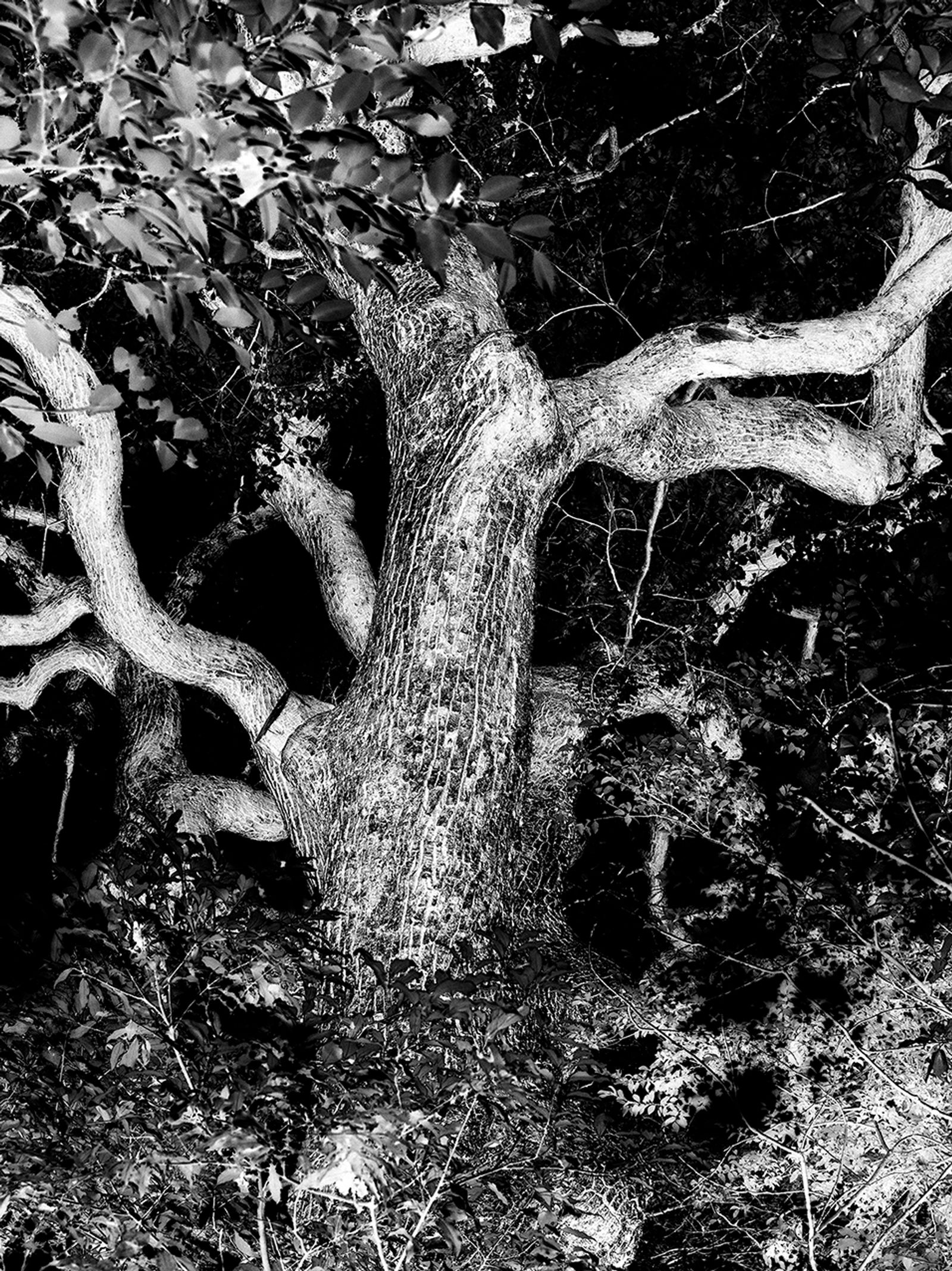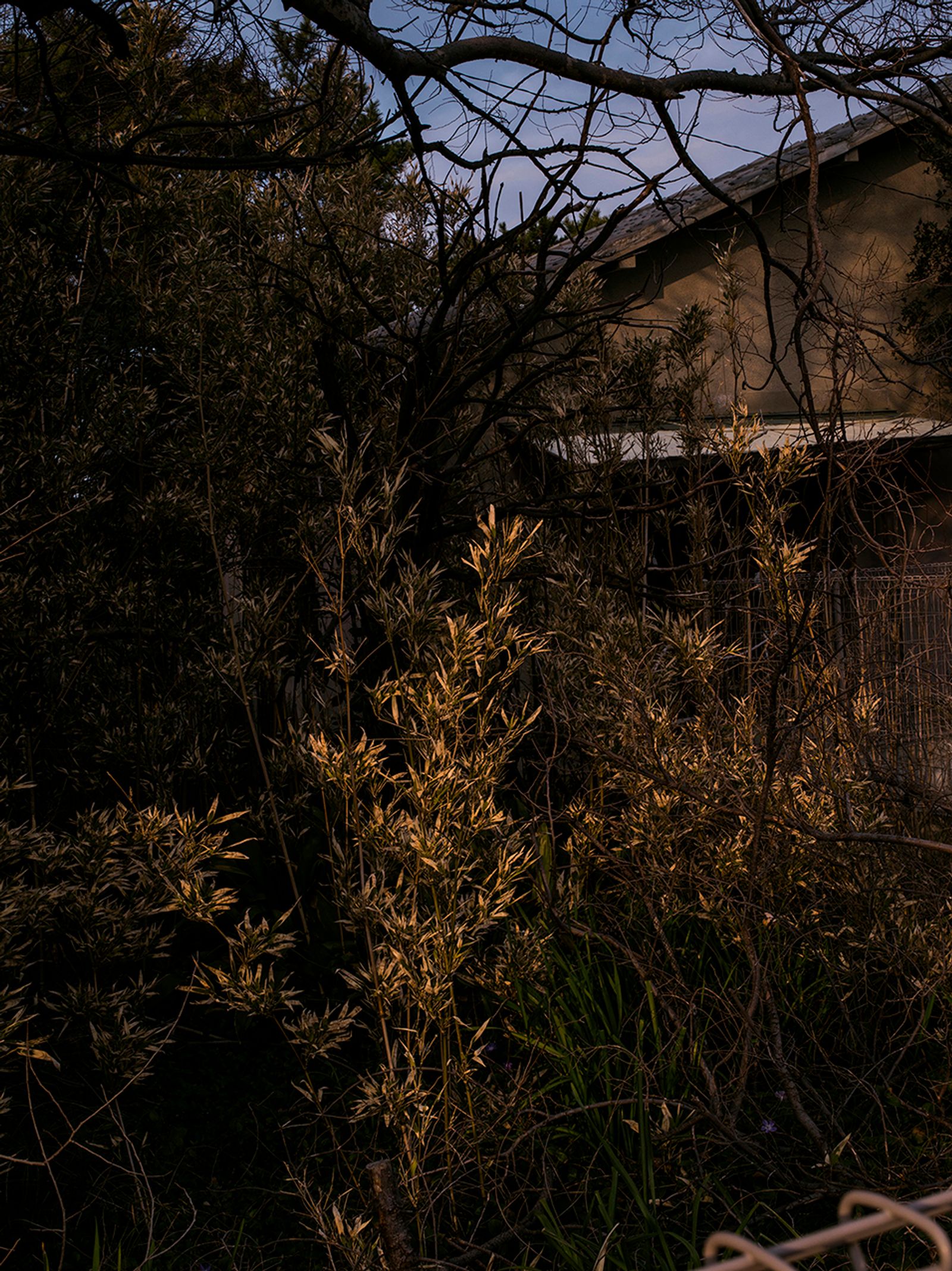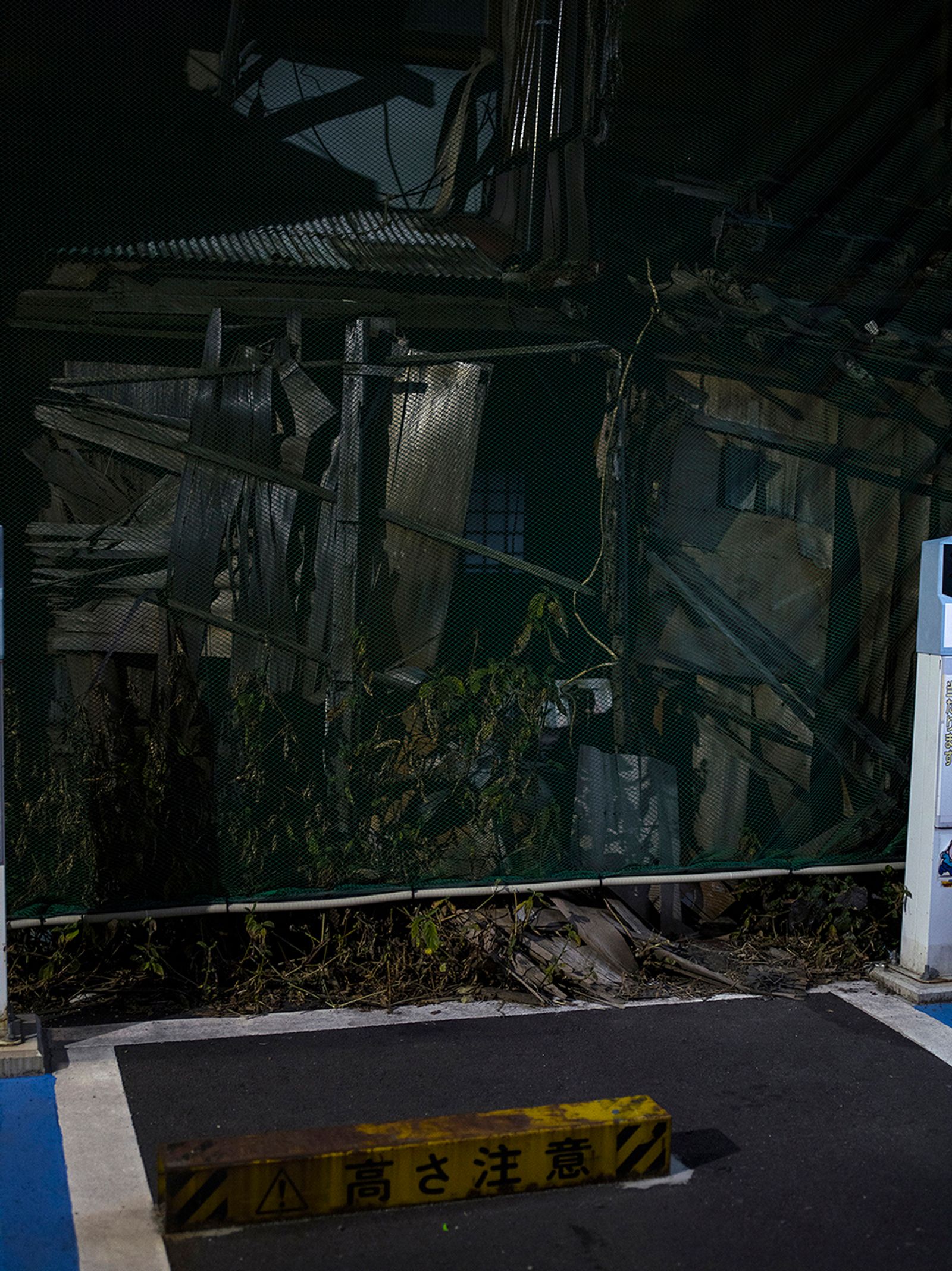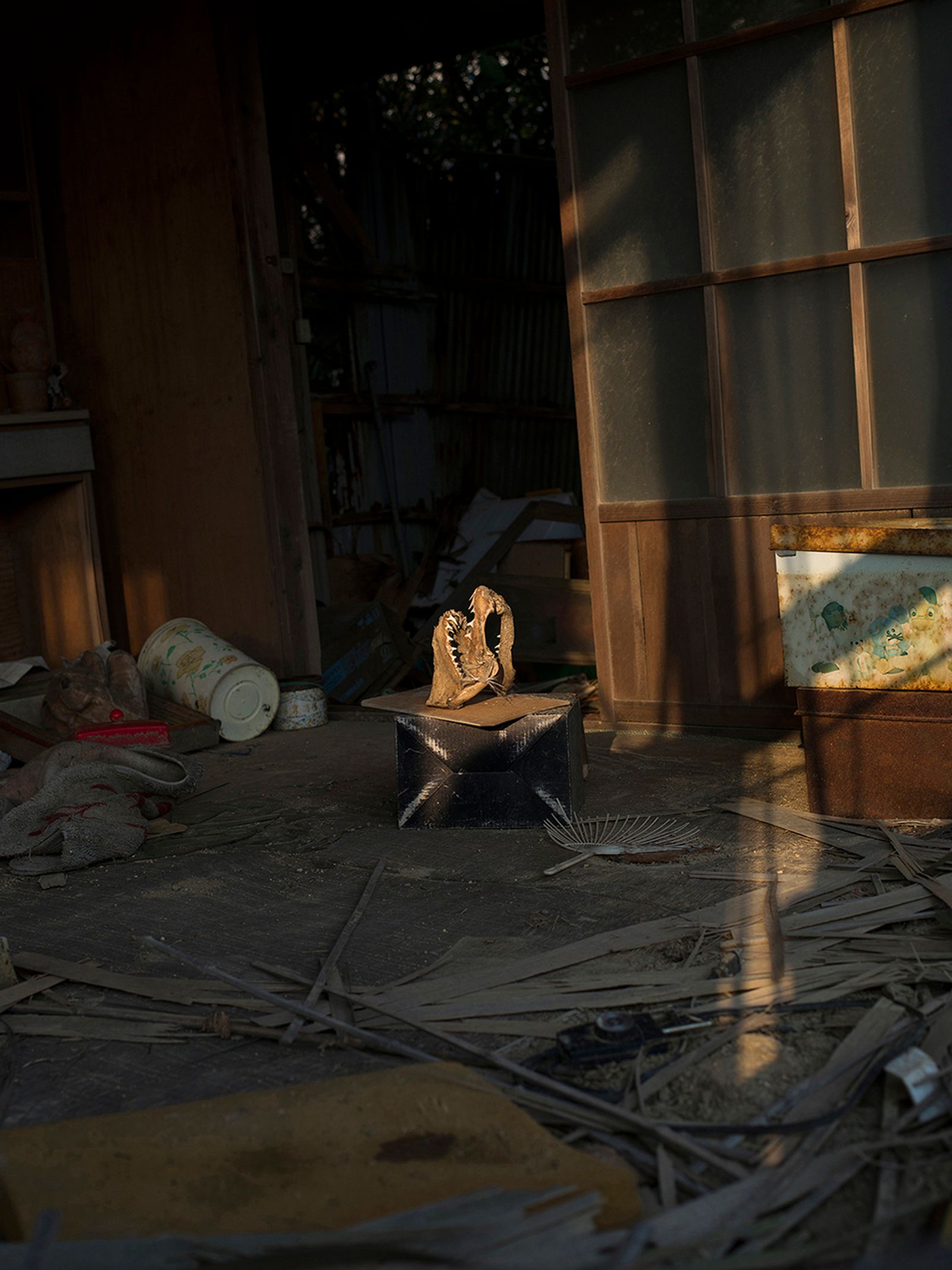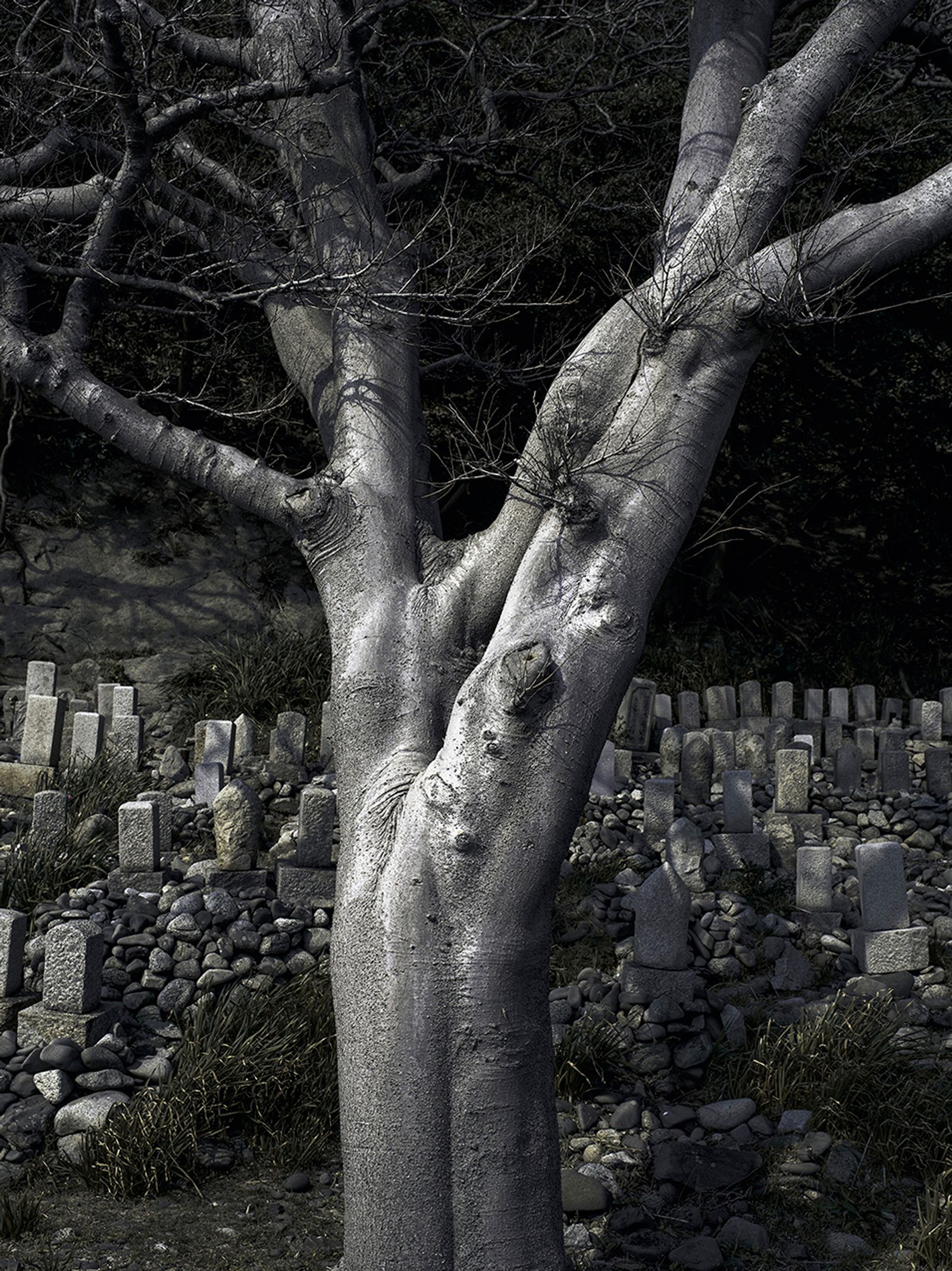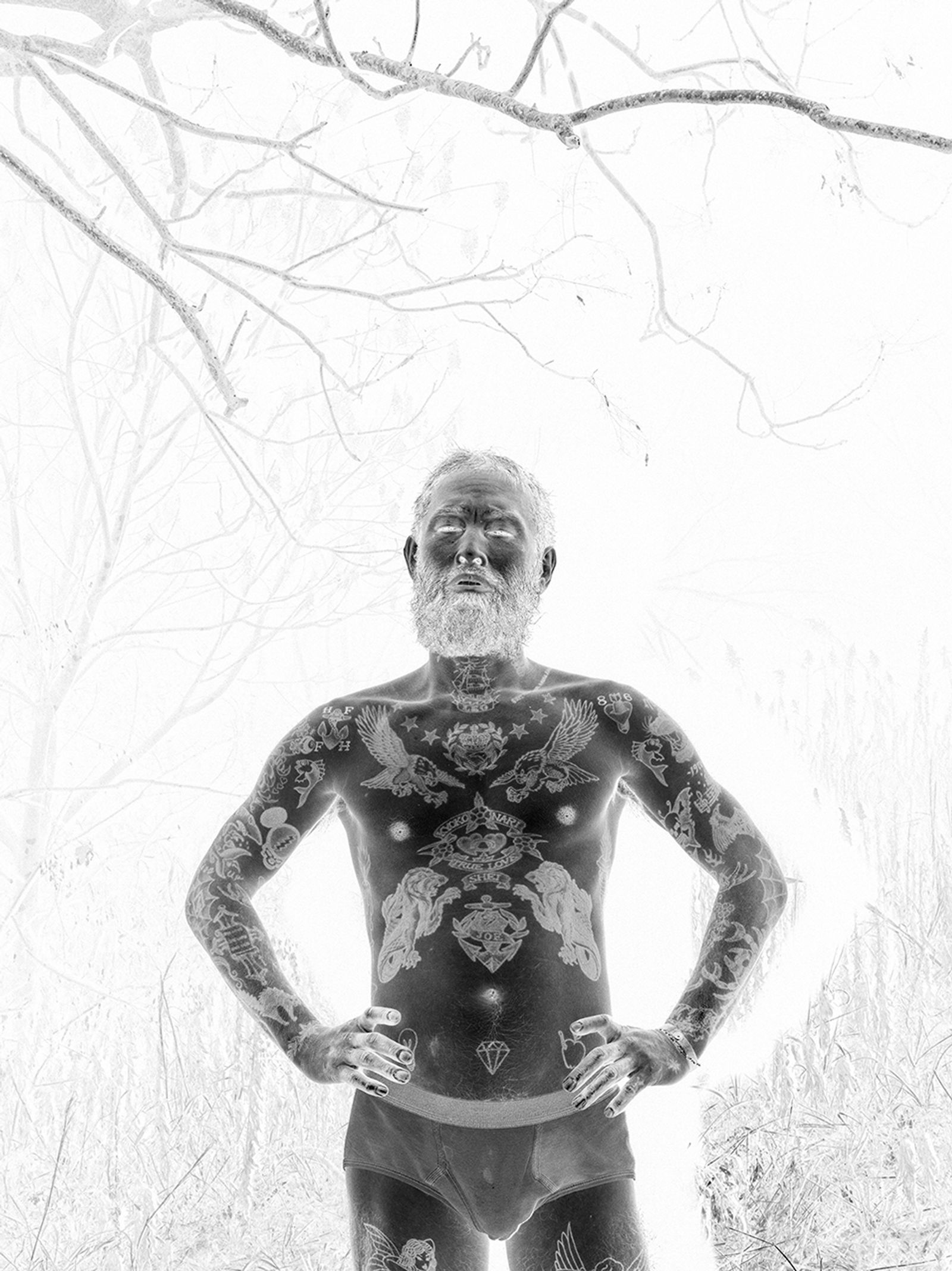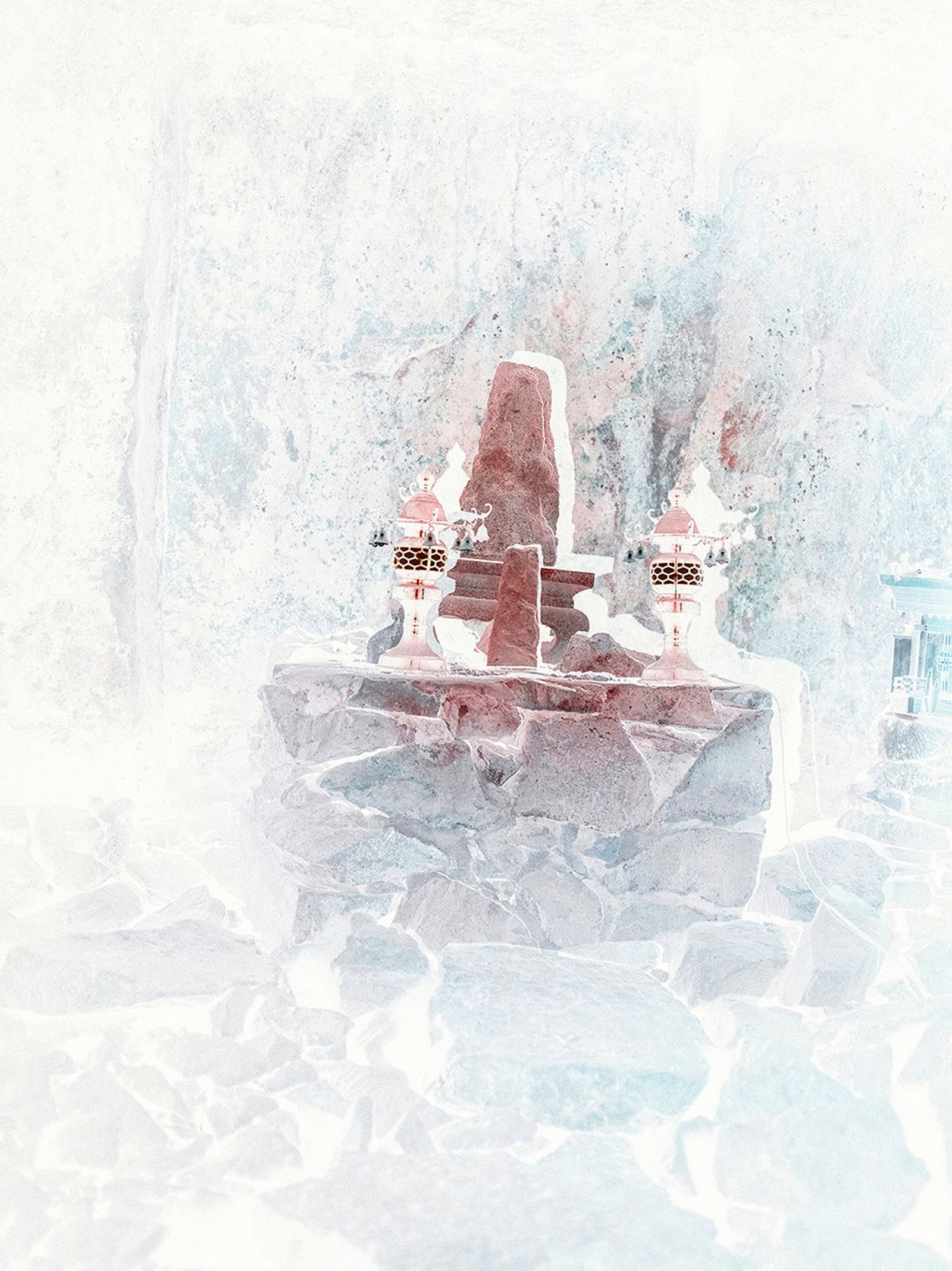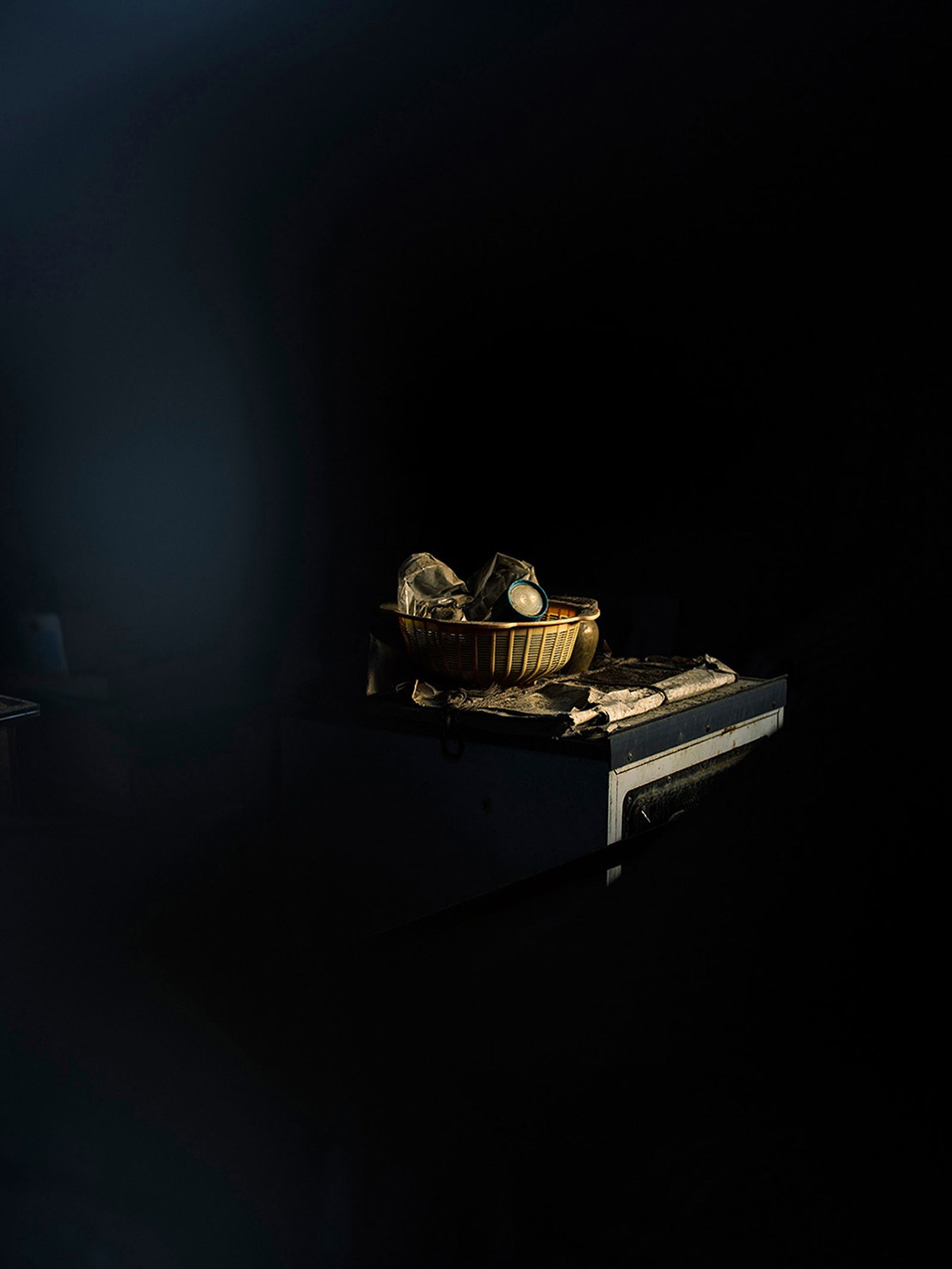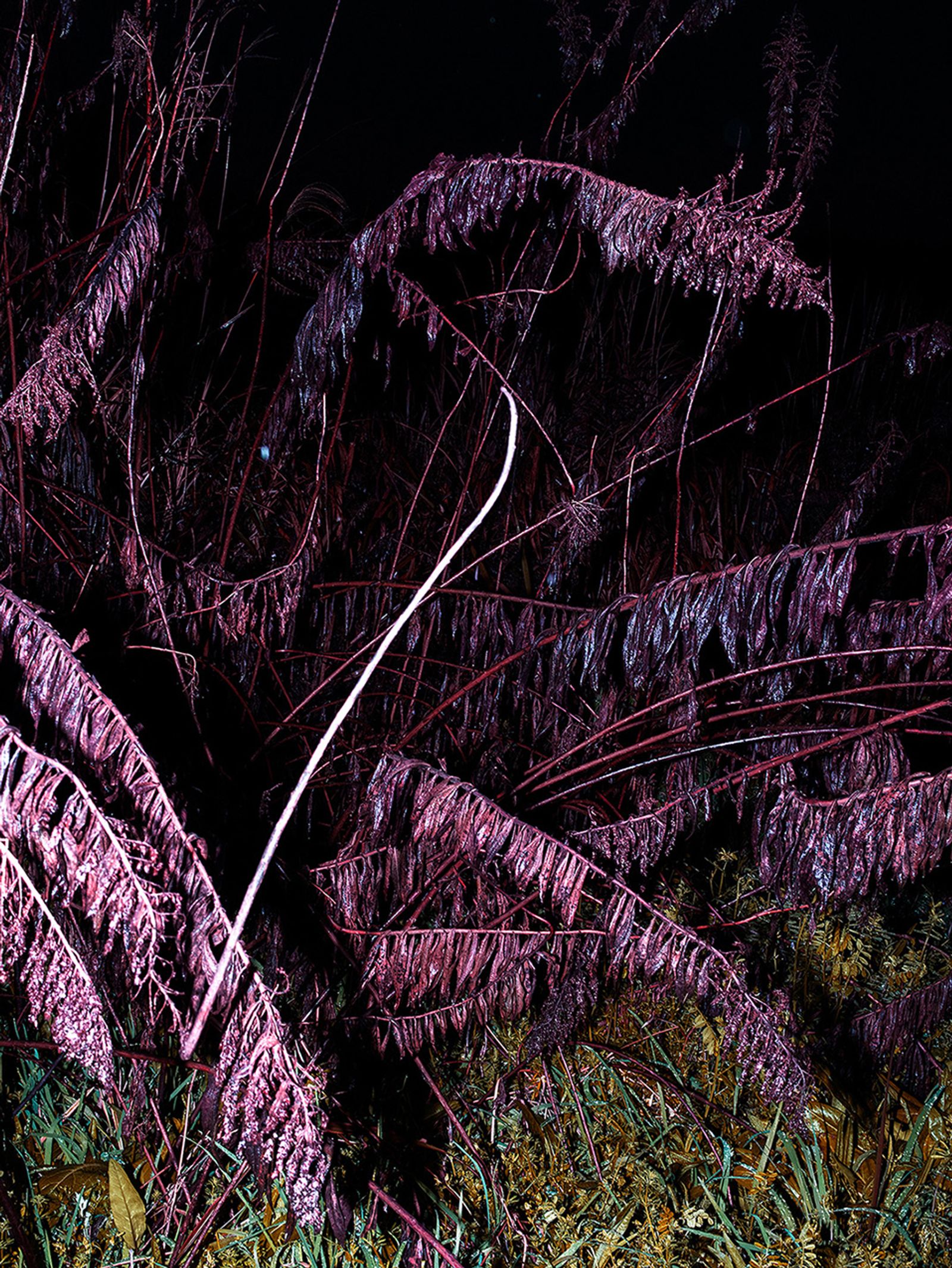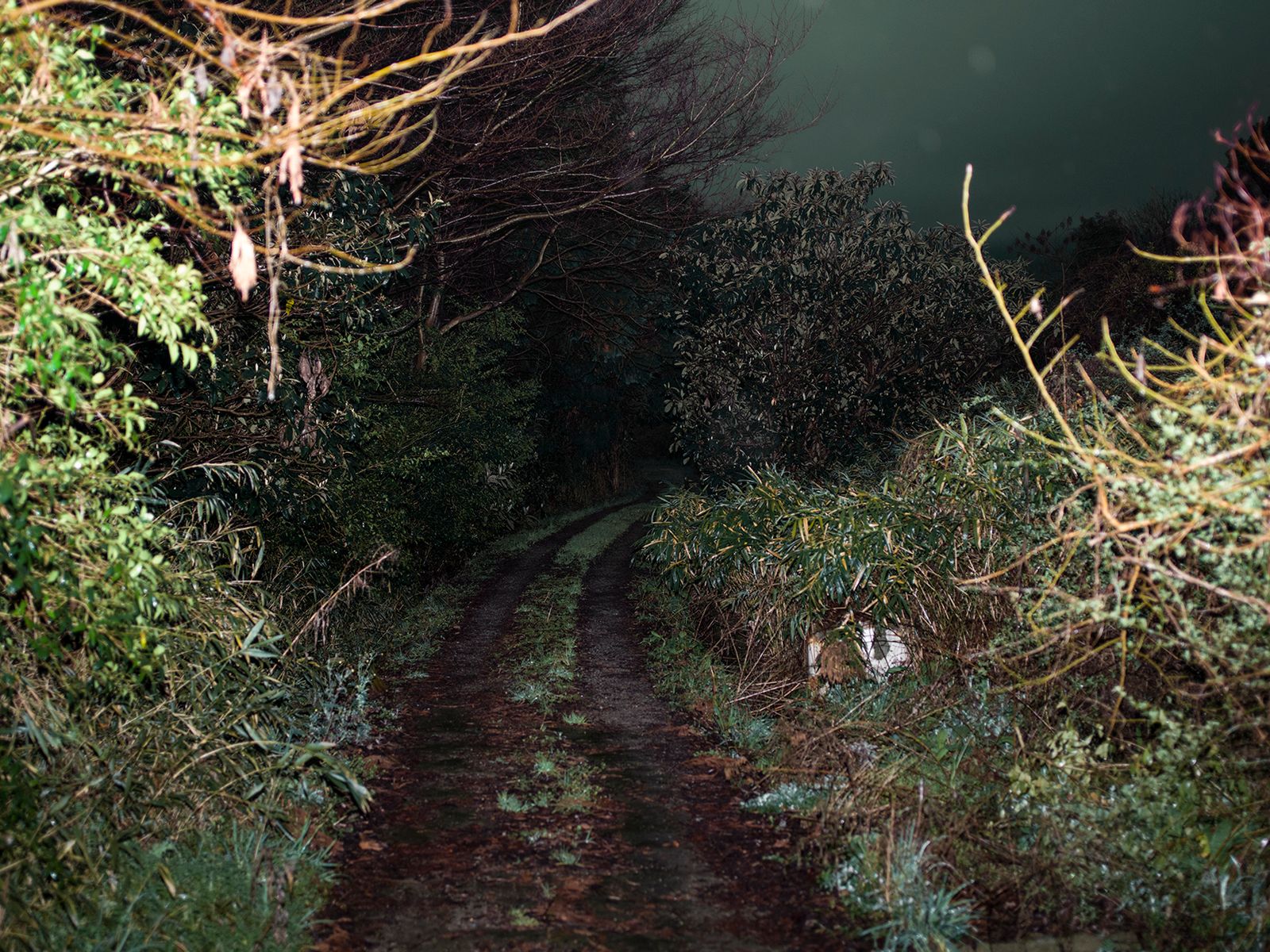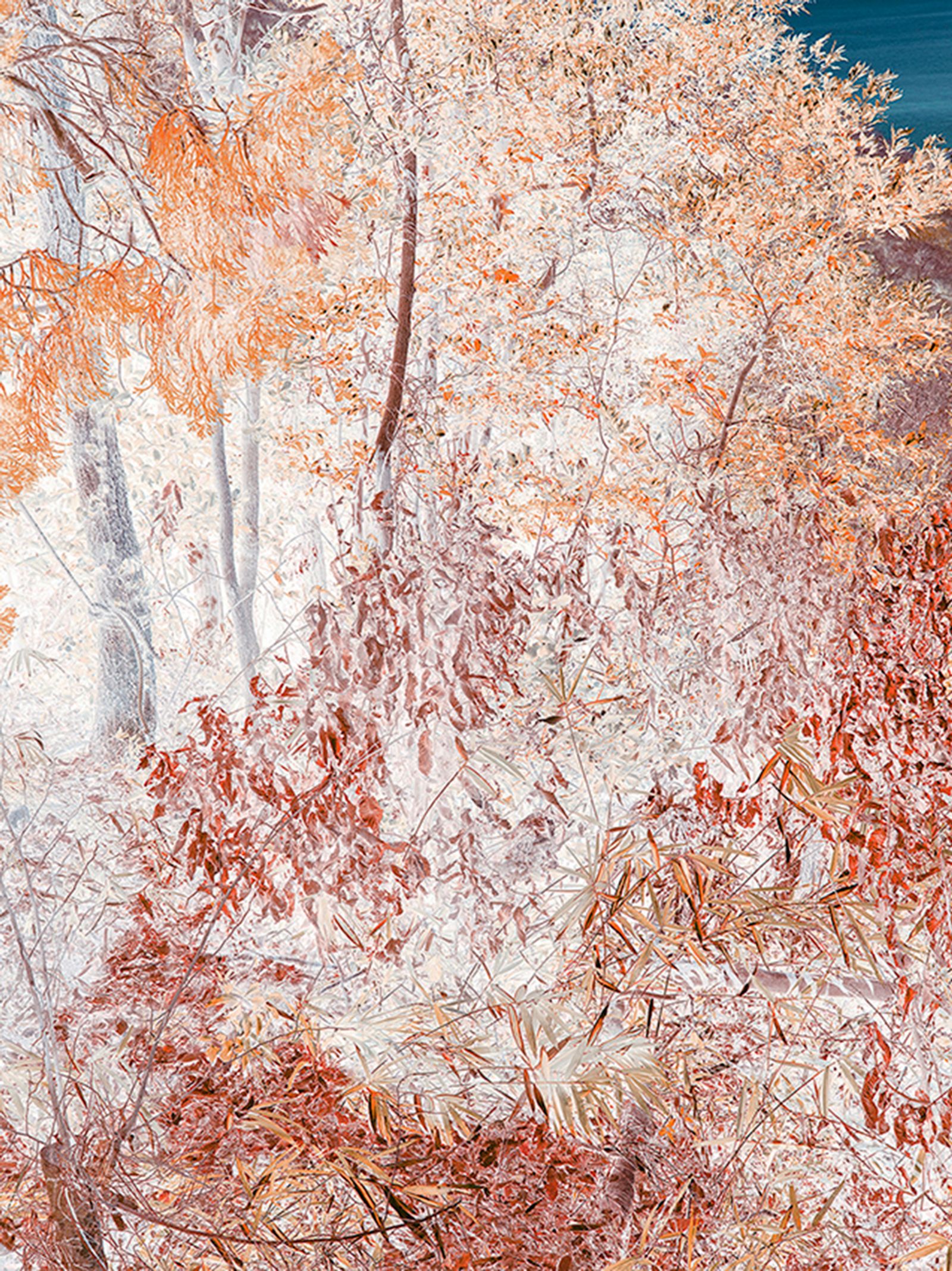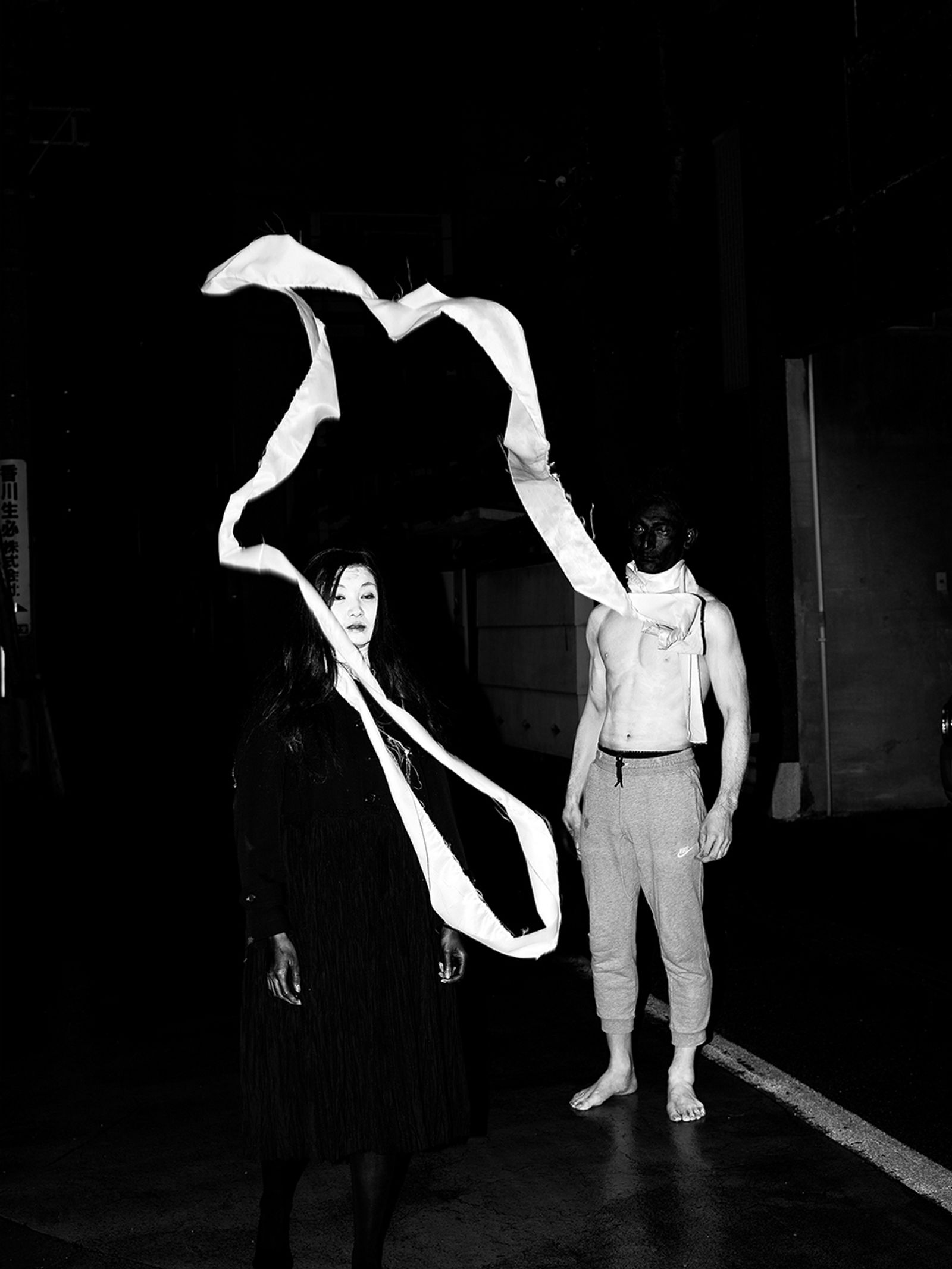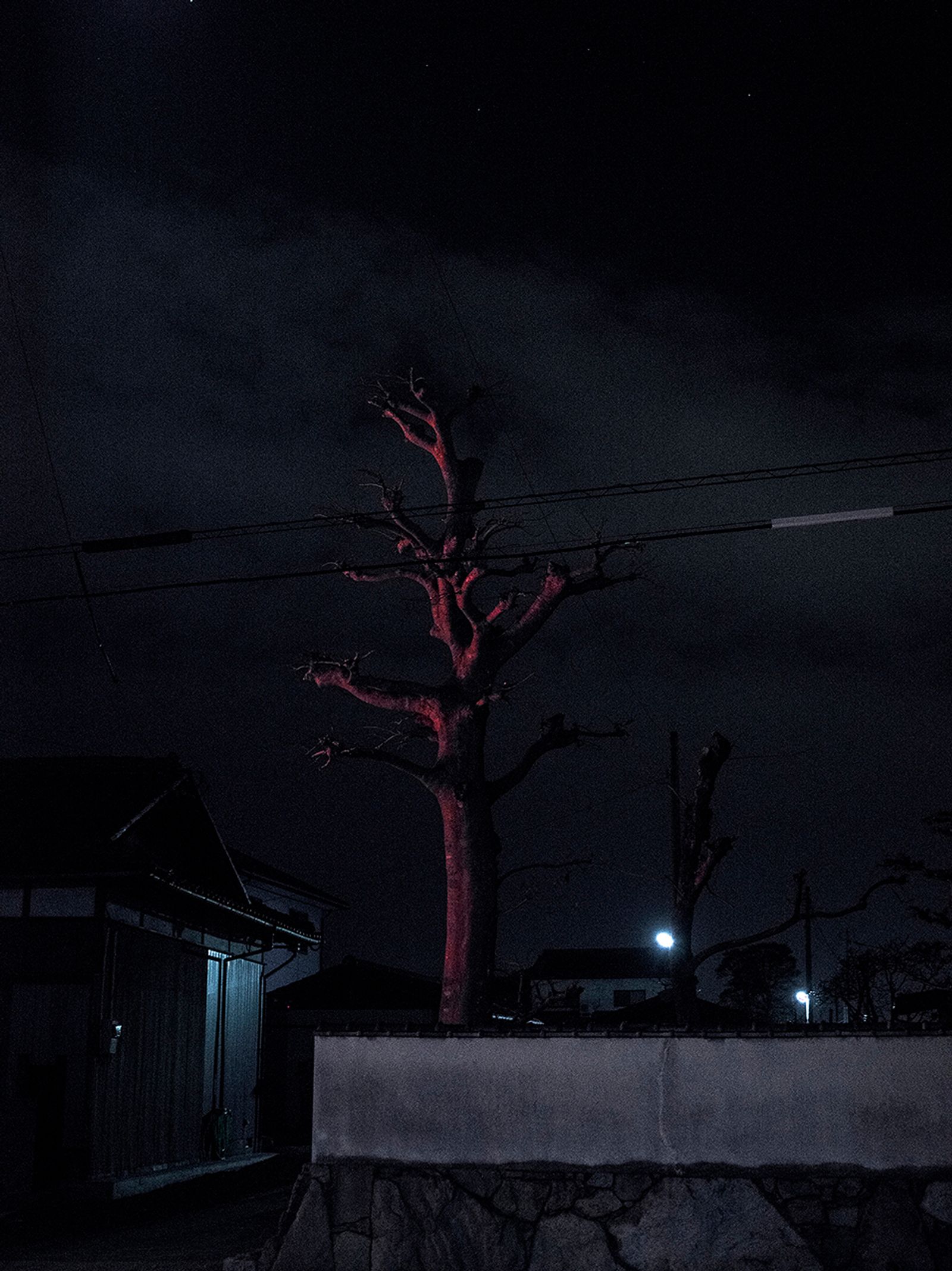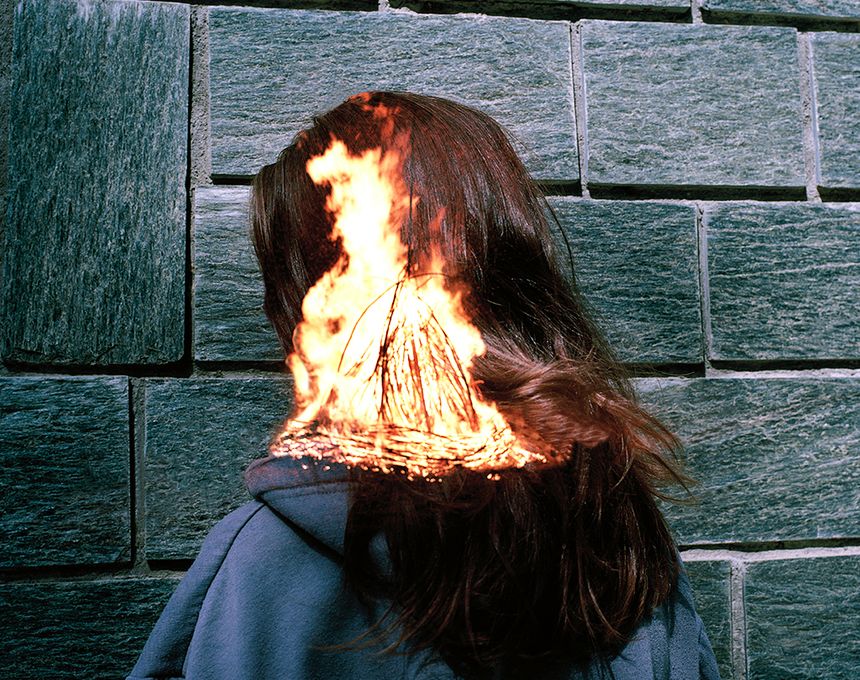subterranean river
-
Dates2016 - 2017
-
Author
- Topics Fine Art
- Location Kagawa, Japan
A European goes to Japan: how banal this subject could be. Because it has been tackled many times, often from perspectives dangerously close to orientalism or cheap exotica. Still, I try to looking at Japan from a much less explored angle, incidentally turning the mirror onto myself.
The main motive of my project is based on japan folklore, as well as the Shinto. But this is just a cover/a layer, an artificial dictionary which allowed me to understand what I am expressing.
Kami translates into English roughly as „deity”, but these entities, which inhabit the invisible, spiritual layer of everyday Japanese reality, seem to be more elusive and difficult to define. The kami inhabit the world – they may be immanent to a river or a forest; they can be embodied by natural forces or considered to be ancestral spirits. Everything which can inspire awe or a sense of mystery, which stands out of the ordinary, may belong to the world of the kami. While Shinto is a strongly ritual-based faith, at the same time its connections with identity and organisational dimension remain dispersed and blurry: many people in Japan don't identify themselves with the religion per se, but they declare faith in the kami. Lived spirituality or lived religion, to borrow a useful term from Robert A. Orsi, prevails over organised one, and the experienced, direct contact with the supernatural appears to be a perfectly commonplace and obvious issue. Such an approach to reality is in fact hardly unfamiliar to Western minds, but it requires an effort in stepping back from the seemingly obvious, reversing and questioning our own auto-stereotype. Contemporary ethnology offers useful tools: it operates commonly with categories of lived religion or lived spirituality – an attempt at tackling a modern evolution of the 'folk-type' perception of the world in circumstances in which original folk communities don't exist anymore. Along with the evolution of societies, rising unpredictability, mobility and dependence on technologies, the folk spirituality evolves into lived spirituality – one which may appear unorthodox, but relies on direct experience and presence of the divine element in common surroundings.
